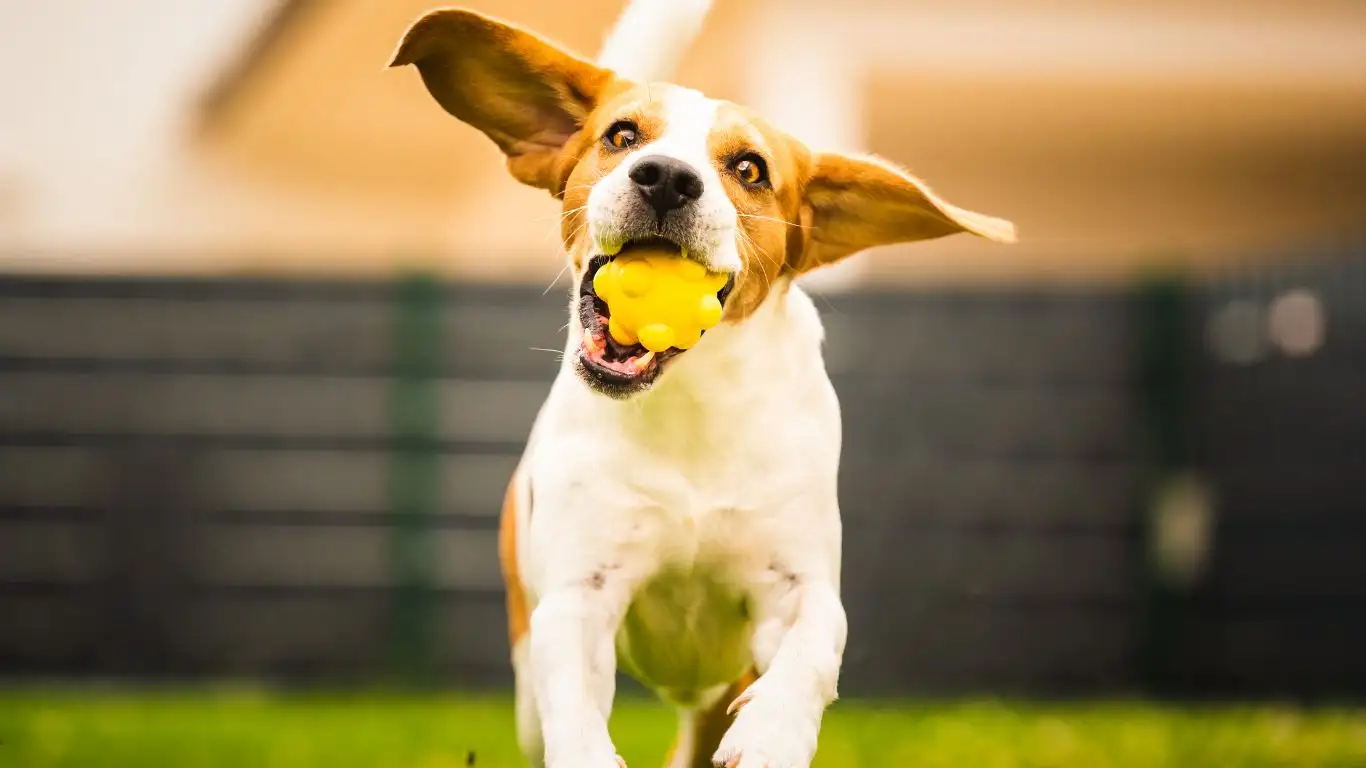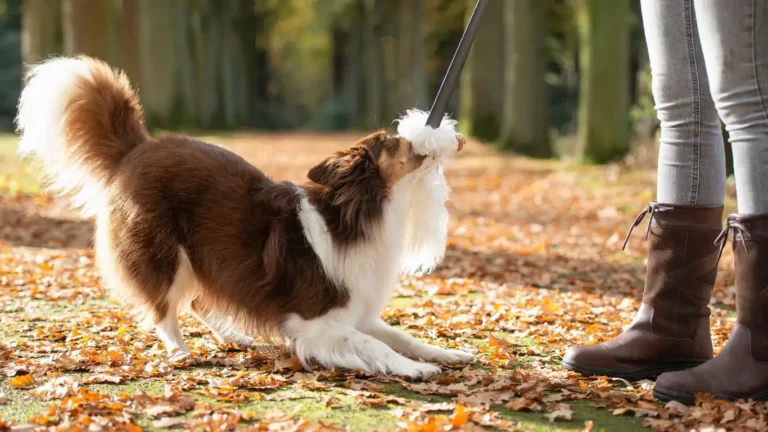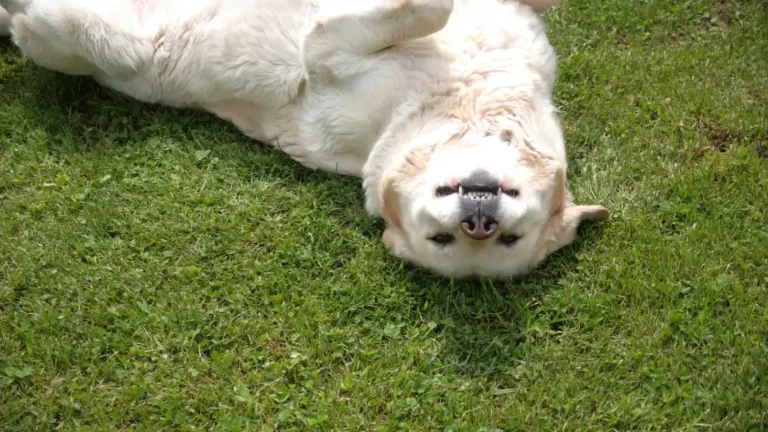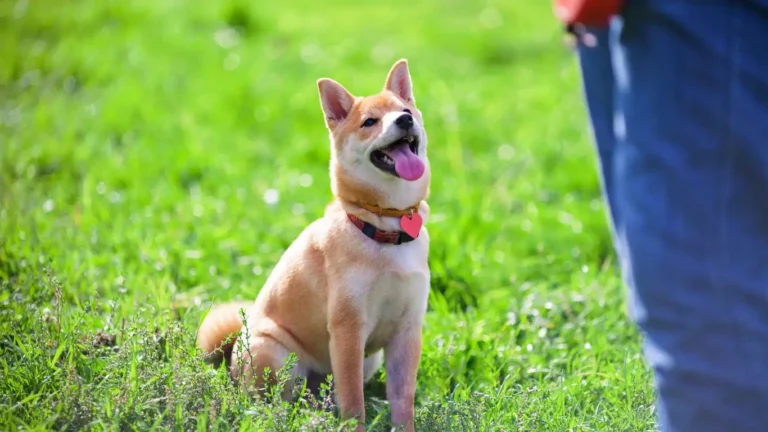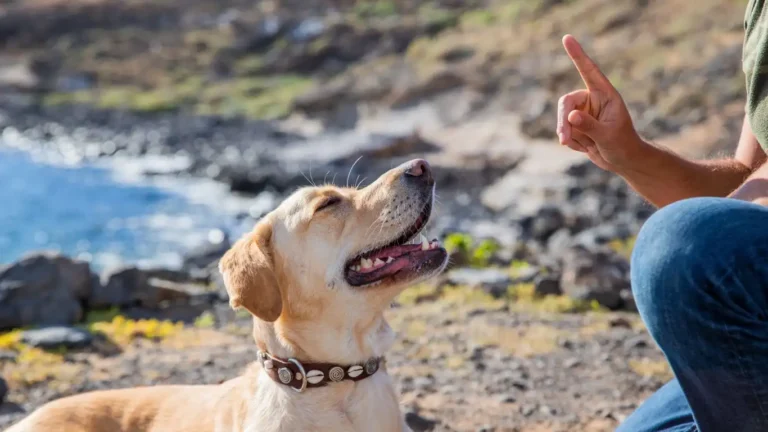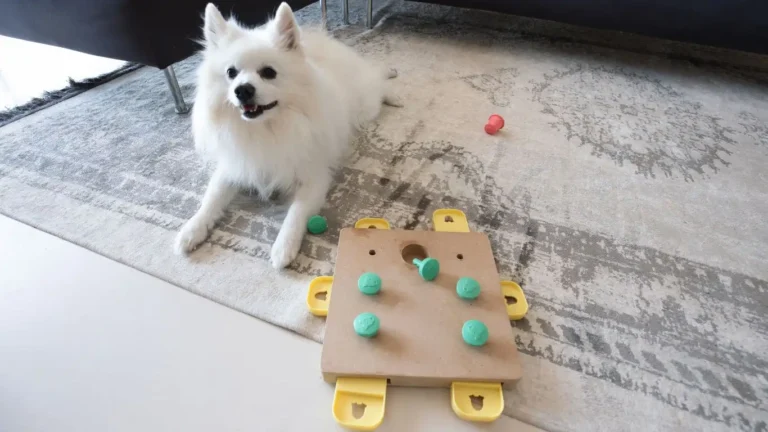Master Off-Leash Dog Training: Teach Your Dog to Obey Anywhere!
Training a dog to follow off-leash commands can be one of the most rewarding and challenging experiences for both you and your furry friend. As a Certified Professional Dog Trainer, I’ve seen countless dogs and owners struggle with this, but I’ve also seen the incredible bond and confidence that grows when dogs master the art of off-leash obedience. So, how do you train a dog to follow off-leash commands? In this guide, I’ll walk you through everything you need to know, starting with the basics and gradually building up to more advanced techniques. Trust me, with patience, consistency, and the right approach, you’ll be amazed at how quickly your dog picks up these skills!
Understanding Off-Leash Training
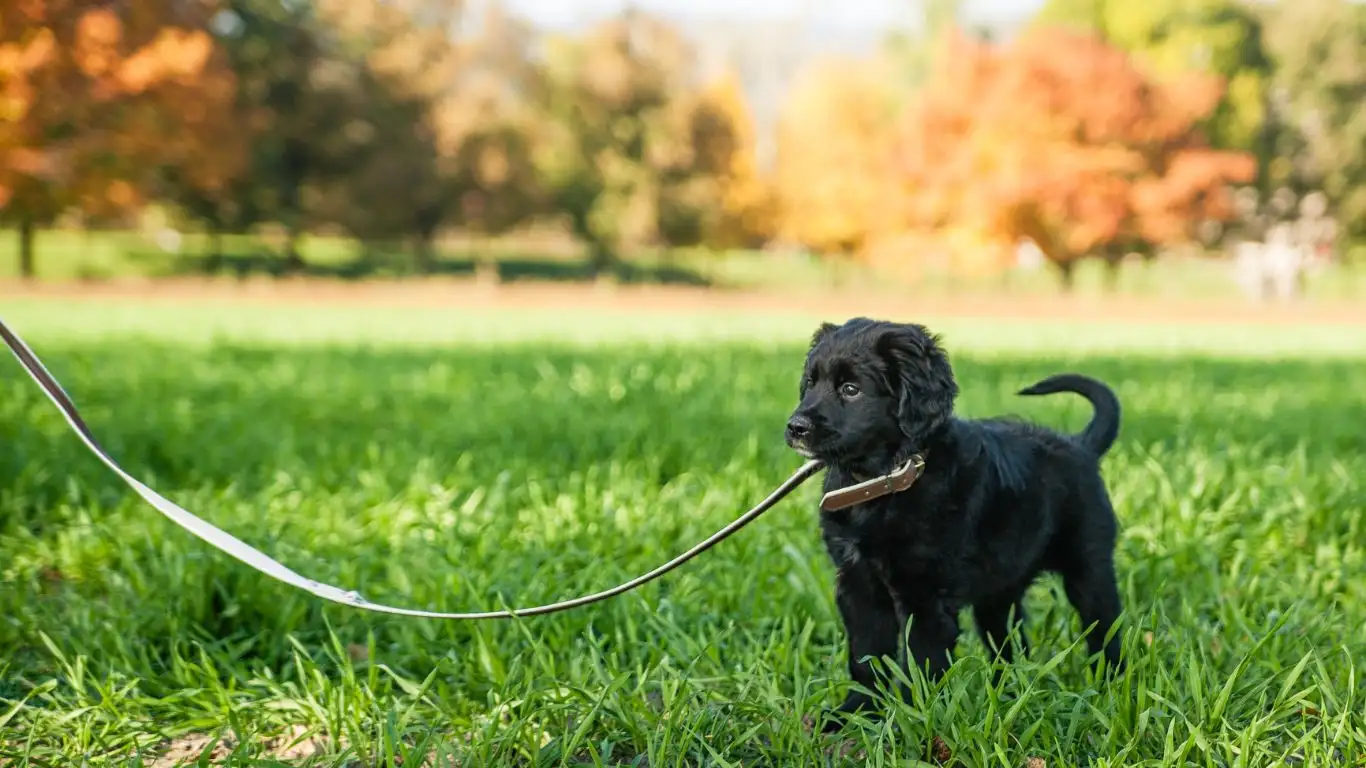
Before diving into the steps of training your dog to follow off-leash commands, let’s take a moment to understand what off-leash training actually entails. In essence, off-leash training is about teaching your dog to respond reliably to commands even when they’re not on a leash. This kind of training requires a foundation of trust, respect, and communication between you and your dog. It’s not just about the commands themselves, but about building a relationship where your dog looks to you for guidance—no matter where you are or how far away you might be.
Many dog owners often jump into off-leash training too soon, thinking their dog should just “get it.” But the truth is, it takes time. In my experience, even dogs who are incredibly well-behaved on-leash may not have the confidence to follow commands when they’re off-leash. That’s why it’s essential to have a solid foundation first. So let’s talk about that next.
Establishing a Solid Foundation: On-Leash Training
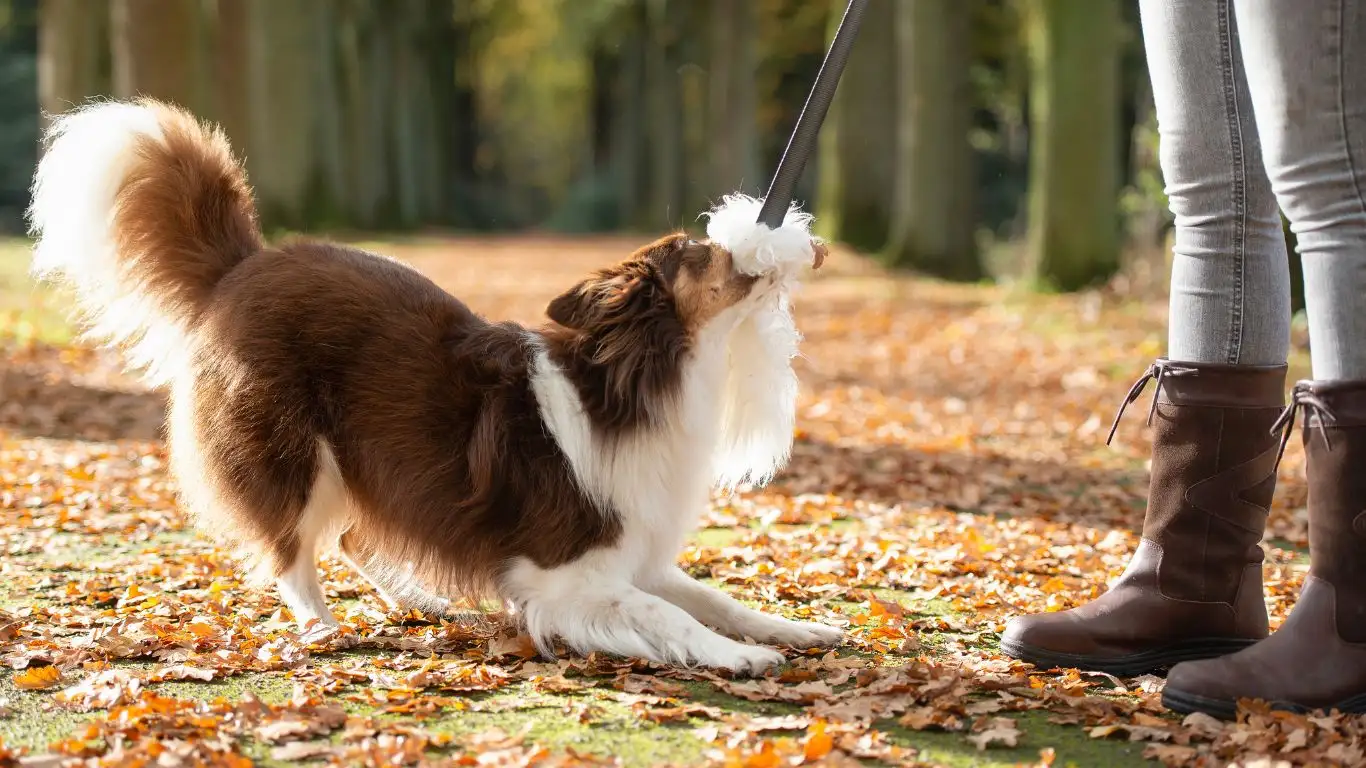
Before your dog can be trusted off-leash, they need to be reliable on-leash. And by reliable, I mean that they must consistently respond to basic commands such as sit, stay, come, and heel when they’re on a leash. This forms the groundwork of off-leash training. In my years of training, I’ve found that a well-trained dog on a leash has a much smoother transition to off-leash training. They know what’s expected, and they begin to build the confidence to follow those same commands when the leash is removed.
Start by practicing in low-distraction environments, like your living room or backyard. Use positive reinforcement (treats, praise, toys) to reward your dog every time they obey a command. And be sure to use a clear, consistent tone for each command. Dogs don’t understand complicated sentences, but they do respond to your tone and energy.
Building Trust: The Key to Off-Leash Success
Trust is at the heart of off-leash training. Your dog needs to feel safe and confident in their ability to follow your commands, even if you’re not physically connected by a leash. This is where the training process can become a little tricky, because it’s tempting to rush things. But trust me, rushing only leads to setbacks.
It’s essential that your dog feels comfortable and safe before you begin taking them off-leash. If your dog has any history of not responding reliably to commands, or if they’re easily distracted, it’s better to wait until they’re more consistent with their on-leash training. You should also make sure they have a solid recall (coming when called) before you let them off-leash, as this is one of the most crucial behaviors to reinforce.
The Importance of Consistency
Consistency is crucial when training your dog to follow off-leash commands. This doesn’t mean that you should be repetitive to the point of being monotonous, but rather that you should always require your dog to respond to commands in the same way, regardless of where you are or what’s happening around you. Consistency builds confidence in your dog and teaches them that there’s never a time when the rules change.
For example, if you teach your dog to sit on a leash and they do it perfectly, you should expect the same response when the leash is removed. If you’re inconsistent and sometimes let your dog get away with ignoring a command, it creates confusion and makes the training process much harder.
How to Start Practicing Off-Leash Commands
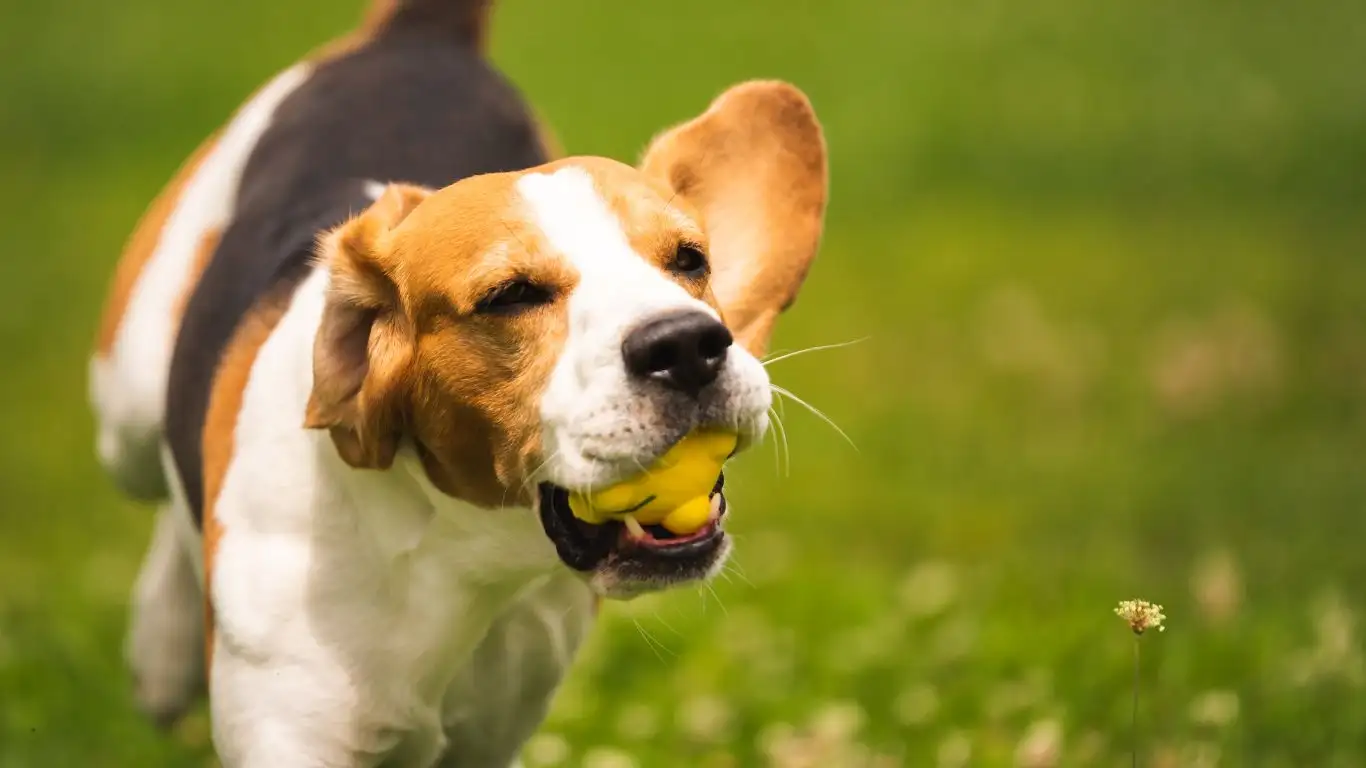
Once your dog has mastered basic commands on-leash and you’ve built a foundation of trust, it’s time to start practicing off-leash commands. The key is to do this gradually in a controlled environment. I always recommend starting in a secure, enclosed space—like a fenced-in yard or an area with minimal distractions—so you have full control of the situation. If you’re in a public park, consider using a long leash to give your dog some freedom while still maintaining control.
Start with simple commands, like sit and stay, and gradually add more complex ones like come and heel. The goal is to keep the distractions low and the successes high, so your dog can gain confidence with each positive experience. Remember to use treats and praise generously when your dog listens to commands, even if it’s just for a few seconds. These small victories will build up over time and make the transition to full off-leash obedience much easier.
Patience and Progress: The Journey Ahead
Training a dog to follow off-leash commands isn’t something that happens overnight. In fact, it can take weeks or even months to achieve the level of reliability you’re aiming for. The most important thing is to be patient with your dog and with yourself. Celebrate the little milestones, like your dog responding to a command without a leash, and remember that progress is a journey, not a destination.
In my experience, the bond that forms during off-leash training is incredibly strong. The trust you build with your dog is like a foundation that supports everything else in your training. So, stay patient, stay consistent, and, above all, enjoy the process!
Gradual Transition to Off-Leash Training
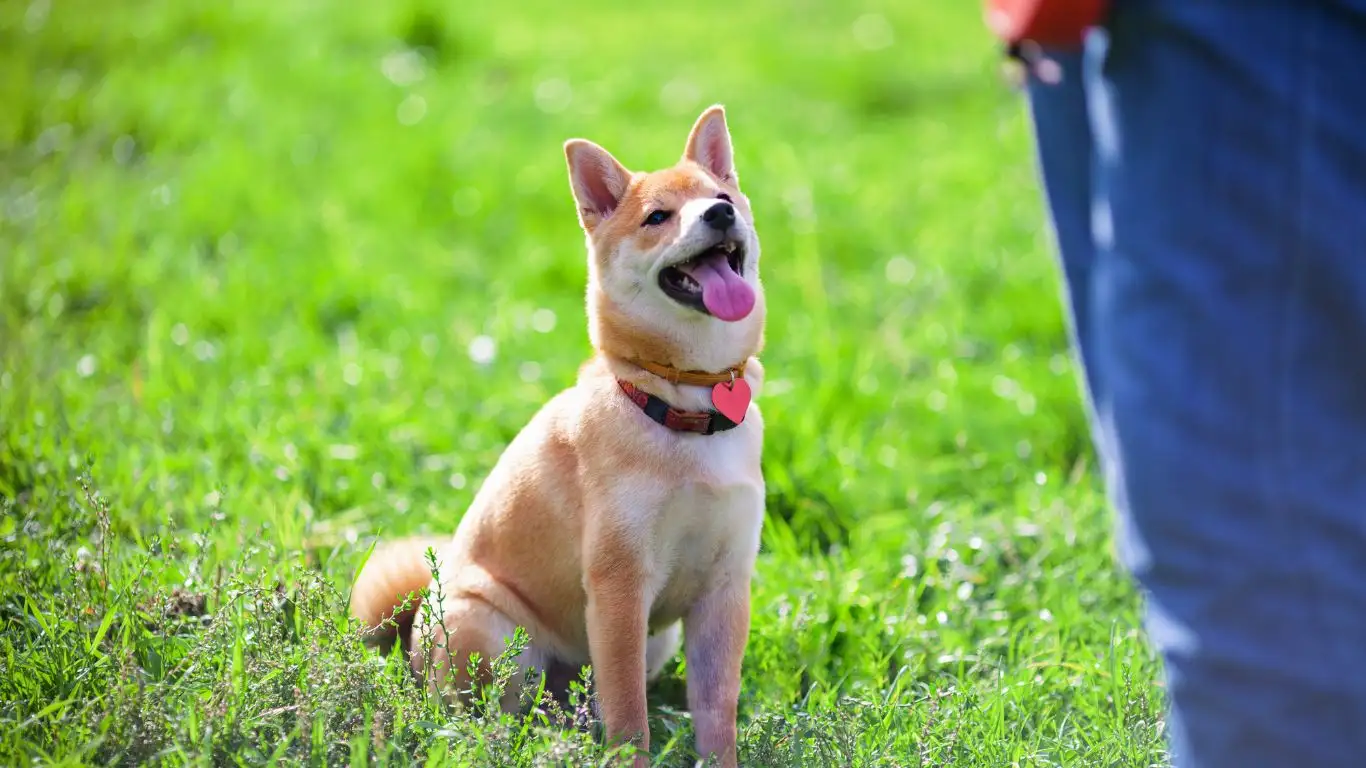
So, you’ve made solid progress with on-leash training, built trust, and are ready to take the next step toward off-leash obedience. But how do you make this transition without causing confusion or frustration for your dog? The answer is simple: gradual progression. Going straight to off-leash training in an open, distracting environment can overwhelm your dog. Trust me—I’ve seen many dogs get distracted and lose focus when they’re suddenly set loose in a new environment. We want to avoid that!
Start small. After a few successful on-leash sessions in familiar, low-distraction areas, take it to a bigger space. A backyard is a great next step. This will give your dog more room to move around but still keeps things under control. It’s important to keep reinforcing those basic commands like sit and stay, even with more space. You might feel the urge to let your dog run free immediately, but keeping things structured at first will pay off big in the long run.
Once your dog responds reliably to commands in the backyard, it’s time to take it to a more open space, like a park. But remember, at this point, they should still be on a long line or leash for safety. It’s essential to practice with a long leash (about 15 to 30 feet long) so they have the freedom to move but you still have a form of control. This is a safety net that lets you correct any mistakes while your dog builds the confidence to listen without physical connection.
Using Positive Reinforcement for Off-Leash Success
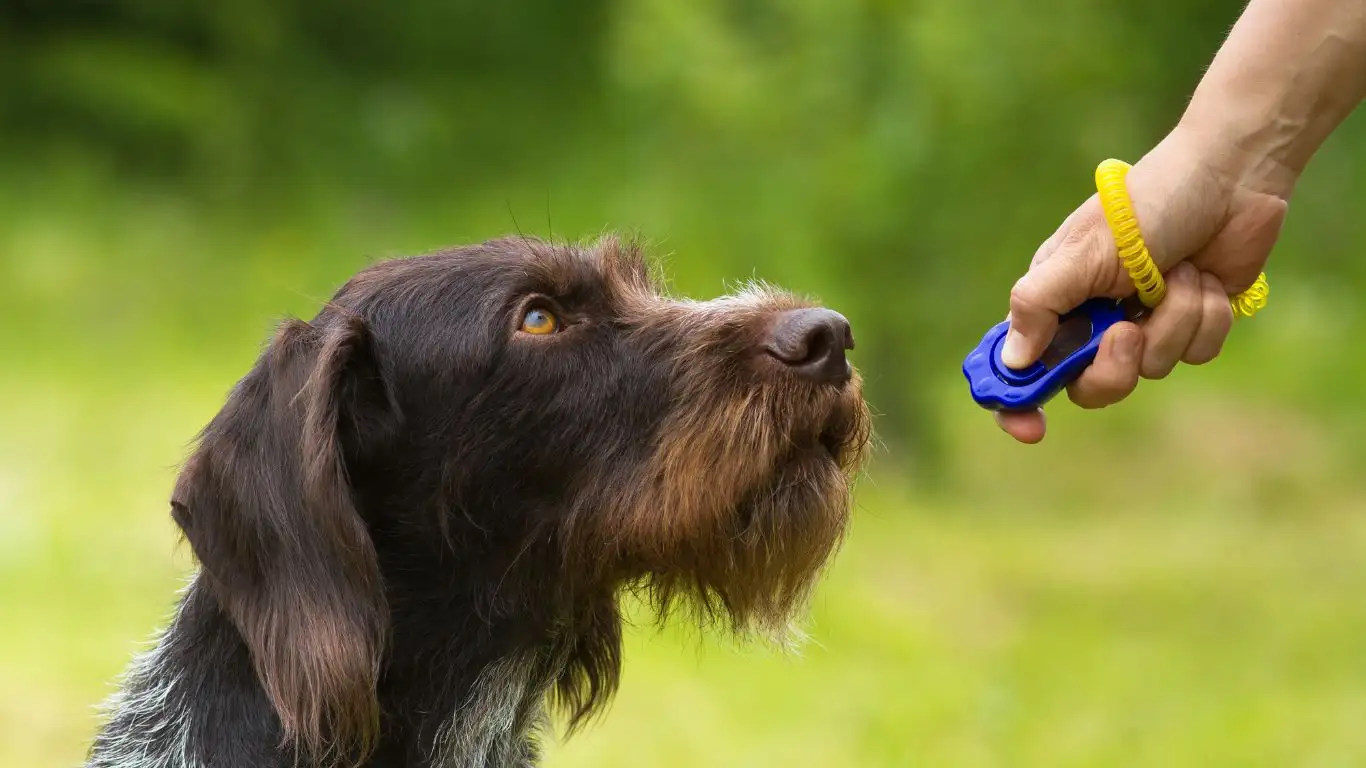
One of the keys to successful off-leash training is positive reinforcement. In my experience, dogs respond best to this method because it focuses on rewarding good behavior instead of punishing bad behavior. I always encourage my clients to use something their dog loves—whether it’s treats, a favorite toy, or even praise—to reward successful off-leash obedience. Positive reinforcement strengthens the bond between you and your dog and makes training feel like a fun, rewarding experience for them.
For instance, if your dog responds well to a come command when they’re off-leash, immediately reward them with a treat or enthusiastic praise. Over time, your dog will start to associate following your commands with positive experiences. And the more consistent you are with these rewards, the quicker they’ll learn that following your instructions is both beneficial and enjoyable.
However, remember that treats should be phased out gradually as your dog becomes more reliable with the commands. You want your dog to follow your instructions because they understand that you’re the leader and trust you, not just because they’re expecting a treat every time. Transitioning to verbal praise or a pat on the head can eventually replace treats, but the key is to find what motivates your dog the most and use that in your training.
Keeping Distractions in Mind
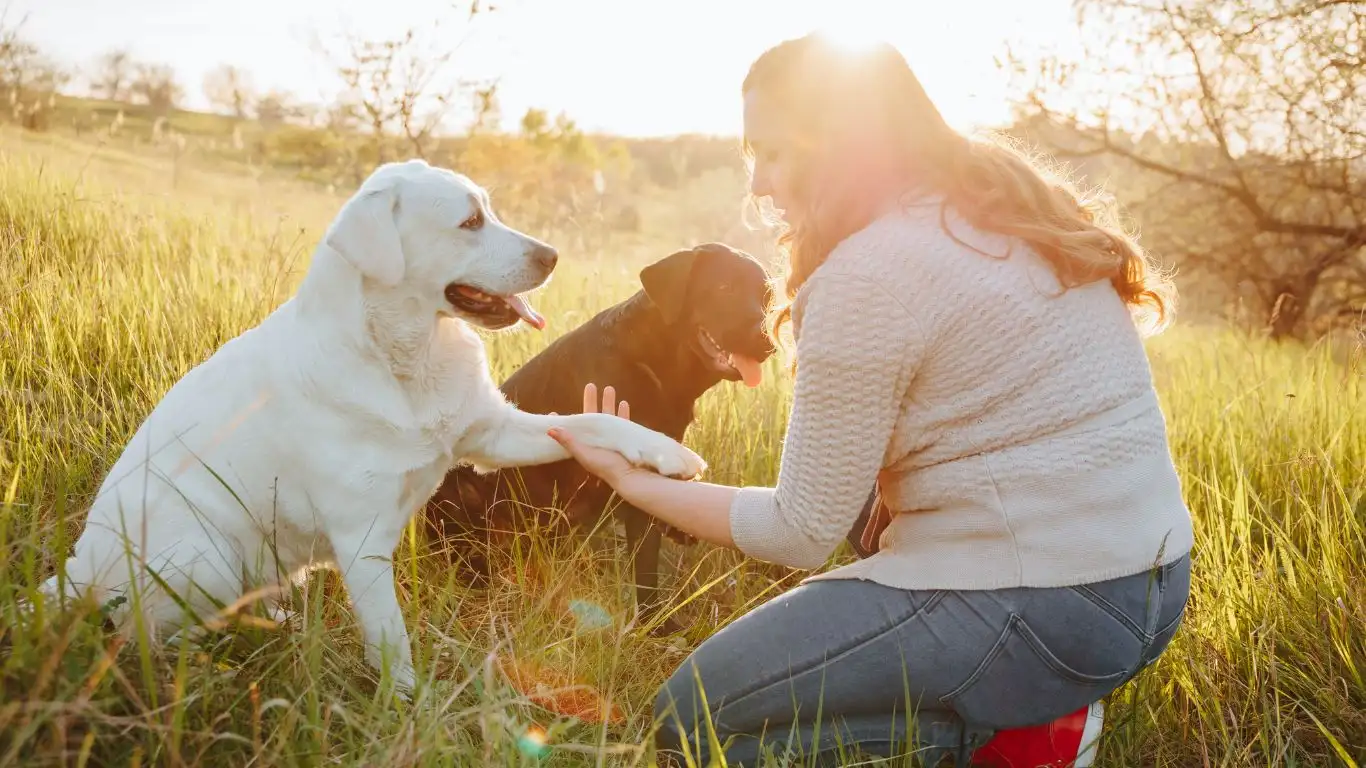
When practicing off-leash commands, distractions are going to happen. Whether it’s a squirrel, another dog, or a leaf blowing in the wind, your dog will likely be tempted by something. And that’s totally okay! It’s natural for dogs to be curious, and distractions are an inevitable part of training. What’s important is how you handle them. Here’s where being consistent and patient comes into play.
Start with low-distraction environments and gradually add more distractions as your dog’s training progresses. For example, if you’re working on the stay command, try having someone walk around while your dog is in the “stay” position. If they break the stay, gently guide them back into position and try again. The goal isn’t to scold your dog, but rather to show them that no matter what’s going on around them, you’re still in charge, and they need to listen to you.
As distractions increase, it’s natural that your dog may struggle at times. That’s completely normal! It can be tempting to get frustrated, but remember, training is all about building confidence. If your dog fails, take a step back, revisit easier exercises, and gradually increase difficulty again. This helps your dog stay motivated and engaged in their training journey. In my experience, the more often you expose your dog to distractions in a controlled manner, the more they’ll learn to focus on you, even when there’s chaos around them.
Handling Setbacks in Off-Leash Training
Off-leash training doesn’t always go smoothly, and there will be setbacks along the way. Sometimes your dog may seem like they’re “forgetting” their training, or they might not respond to a command as quickly as you’d like. When this happens, don’t panic. Setbacks are a natural part of the process, and the key is to handle them with patience and persistence. The last thing you want is to create frustration, either for you or your dog.
If your dog isn’t listening or seems distracted, it’s okay to go back to the basics. This might mean practicing basic commands on-leash for a few days or reducing the distractions in your training environment. If your dog is struggling with recall, for instance, try practicing in a more controlled space and gradually introduce distractions only as they improve.
Sometimes it helps to take a break from training and come back to it later. Dogs, like us, can get tired or overwhelmed. If your dog isn’t responding well, it could be a sign that they need a rest. Try a shorter training session, or take them for a walk or play session before you attempt more commands. And always remember to end on a positive note—even if it’s just a simple “sit” or “stay” that your dog can easily accomplish. Ending on a success helps build confidence and leaves both of you feeling good about the training.
Staying Motivated and Consistent
Off-leash training can take time, and there will be days when you feel like you’re not making as much progress as you’d hoped. But here’s the thing: consistency is key. Even when things aren’t going perfectly, keep working with your dog regularly. Setbacks might feel discouraging at first, but with patience, persistence, and consistency, your dog will get there.
Remember to enjoy the journey as much as the destination. The bond you’re creating with your dog during this process is something truly special, and each small success should be celebrated. Whether it’s your dog listening to a command on a long leash or making it through an off-leash session without distractions, every victory counts!
Advanced Off-Leash Training Techniques
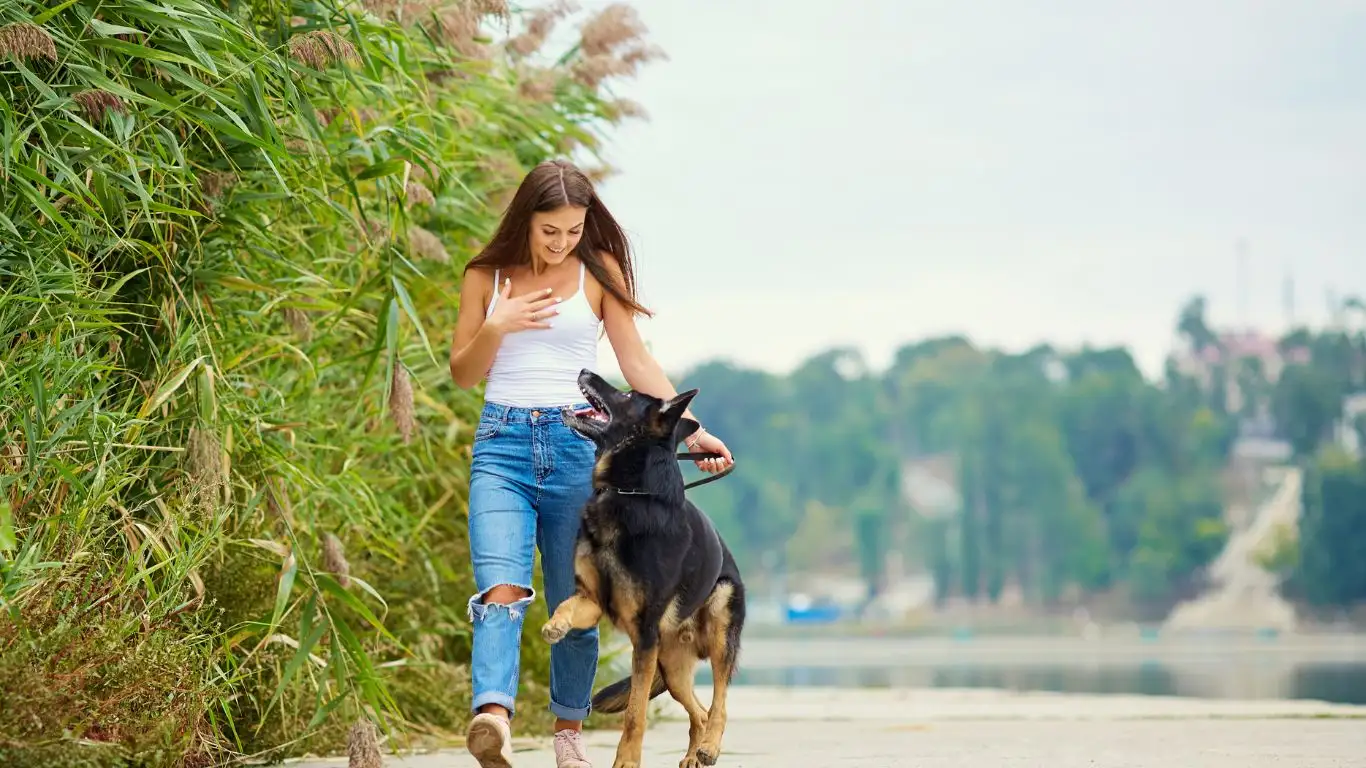
Now that you’ve got the basics down, it’s time to tackle more advanced off-leash training techniques. At this stage, your dog should have a solid understanding of the fundamental commands like sit, stay, and come, but it’s essential to take things further to help them succeed in more challenging environments and situations.
One thing I always emphasize to my clients is that advanced training isn’t just about having your dog obey commands. It’s about teaching your dog to respond reliably even when the stakes are higher—such as when they’re surrounded by distractions or when they’re far away from you. The key to achieving this is exposure and continued practice. Just like you’d continue to practice a skill in any other aspect of life, off-leash training requires long-term commitment and gradual exposure to more difficult situations.
Adding Distractions and Distance
At this stage, your dog should be able to perform basic commands in low-distraction environments, but in real-world situations, distractions are everywhere. Whether it’s people, other dogs, or even just interesting smells on the ground, your dog will need to remain focused and responsive. This is where practicing commands at a distance comes in. You want your dog to understand that no matter how far apart you are, they should still listen and follow your cues.
To do this, you can begin by increasing the distance between you and your dog during training. Start by calling your dog from a further distance and rewarding them for coming to you. It may help to have a long line attached at first, but with practice, your dog should begin to understand that distance doesn’t change the expectation to obey. And when they do, be sure to give them plenty of praise and reward them for the effort!
Introducing distractions into the environment is another key part of advanced off-leash training. Start by adding low-level distractions—like a toy, a ball, or another person walking in the distance. Gradually increase the intensity of these distractions as your dog’s obedience improves. The goal is to prove to your dog that they should focus on you, regardless of what else is happening around them.
Using “Leave It” and “Watch Me” Commands
Two highly effective commands for off-leash training are leave it and watch me. These are invaluable tools for keeping your dog’s attention on you when they encounter distractions.
The leave it command tells your dog to ignore something that may be dangerous, tempting, or distracting. For example, if your dog spots a squirrel or finds something on the ground they shouldn’t eat, you can use “leave it” to redirect their attention back to you. To teach this command, start with a treat in your hand, close your fist around it, and allow your dog to sniff it. Once they stop sniffing or trying to get the treat, give them the command “leave it” and reward them with another treat. Practice this command in different environments and with various distractions until your dog begins to respond reliably.
The watch me command is another useful tool that helps focus your dog’s attention on you. To teach it, hold a treat near your face and say “watch me” as your dog looks at it. Reward them when they make eye contact with you. Once your dog gets the hang of it, you can use it in more challenging scenarios to get their focus, even when there are distractions nearby.
Safety Measures in Off-Leash Training

Safety is always a priority when it comes to off-leash training. While the goal is for your dog to listen to your commands without a leash, you also need to ensure their well-being and avoid situations where they could get hurt or lost. Even the most well-trained dogs can be distracted by something unexpected, so it’s essential to take precautions.
One way to ensure safety during off-leash training is by always starting in a controlled environment. If you’re not ready to let your dog run freely in an open field or park, stick to a fenced yard or a secluded area where you can safely work with your dog without the risk of them running off or encountering danger. If you do train in an open area, make sure to have a long-line leash attached to your dog for added control.
Another important safety measure is being mindful of your dog’s surroundings. Make sure the area is safe for your dog to explore without potential hazards such as traffic, dangerous wildlife, or aggressive dogs. Also, keep an eye on the weather conditions—extreme heat or cold can affect your dog’s ability to focus and make them uncomfortable, so adjust your training times accordingly.
Using GPS Collars and Other Tools
If you plan to train your dog off-leash in open areas regularly, consider using a GPS collar. These collars are incredibly helpful in tracking your dog’s movements, especially if they tend to wander or if you’re in a large, open space. They give you peace of mind by allowing you to quickly locate your dog if they get too far from you.
Additionally, tools like remote training collars can be useful when teaching certain commands, especially when your dog is distracted or at a distance. However, these collars should only be used as a training tool and not as a substitute for consistent reinforcement and positive interactions with your dog. Always use them responsibly, and never rely on them too heavily in place of building trust and communication with your dog.
References and Additional Resources
If you’re looking for more in-depth resources on dog training or need additional help, the following websites offer valuable information:
These sources provide expert advice, step-by-step guides, and video tutorials to help you continue your dog’s off-leash training journey. Whether you’re looking for more techniques or troubleshooting common issues, these resources can support you along the way!
Disclaimer
While every effort has been made to ensure the accuracy and reliability of the information provided in this guide, off-leash training may not be suitable for every dog or situation. Each dog is unique, and individual temperament and behavior can affect the training process. It’s always recommended to consult with a professional dog trainer if you encounter significant challenges or if your dog has specific behavioral issues. Additionally, always prioritize your dog’s safety and well-being during training.
With that said, training a dog to follow off-leash commands can be an incredibly rewarding experience. It builds trust, strengthens the bond between you and your dog, and gives you both the freedom to explore together in a safe and controlled way. Keep practicing, stay consistent, and enjoy the journey!
